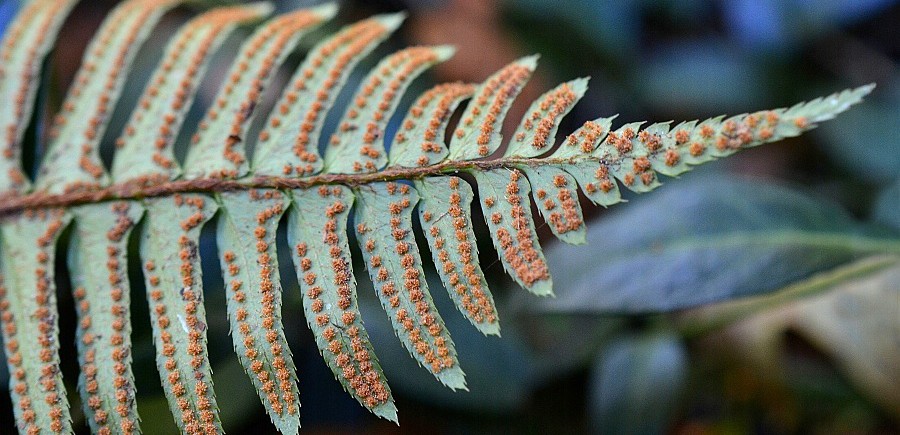
“It’s not what you look at that matters, it’s what you see.” —Henry David Thoreau
____________________
Ok, this rotten friendship isn’t as bad as it sounds. I first met Old Cedar Snag in 1997. A large, native, western redcedar, Thuja plicata, with a snaggy crown, and a rotting bole with curious nooks, crannies, and hollows rooted along the South Bank of our property.
Plants sprouted from old Cedar Snag. There was red huckleberry, Vaccinium parvifolium; a delicate shrub with deciduous leaves, and flowers that resembled miniature lanterns that would become ruby-red berries. There was also Salal, Gaultheria shallon that hung gracefully down the side of Old Cedar Snag. It sported fuzzy, reddish-pink stems with evergreen leaves, and pink, bell-shaped flowers that would become purplish-blue berries. These shrubs, native to the Pacific Northwest, are foraged by birds, small mammals, and insects; for humans, they have edible and medicinal value.
For years, the huckleberry and salal grew from Old Cedar Snag. But, that was about to change. In 2008, 100 trees were removed along South Bank for a road widening project. While those 100 trees along the road might not have seemed important to some, they were important contributors to the ecosystem. Without them, other trees began to die. Currently, the count is four dead fir trees. The windbreak is also gone, which leaves our woods vulnerable to wind damage. South Bank is most vulnerable, and its west end has taken the brunt of storms.
Since then, our woods have acquired many new logs and snags in a place we now call The Gap, at the west end of South Bank. With no windbreak, many of the trees there were felled by wind, while some were deliberately felled because they were dangerous to people and property. Despite the loss, these new logs and snags (in continual, and various stages of rot) will provide decades of habitat for numerous plants and wildlife.
Snags and logs in our woods:
Western redcedar ~ Thuja plicata
Western hemlock ~ Tsuga heterophylla
Douglas-fir ~ Pseudotsuga menziesii
Bigleaf maple ~ Acer macrophyllum
Red alder ~ Alnus rubra
Black cottonwood ~ Populus trichocarpa
Old Cedar Snag has been struck by trees and falling branches. It is four feet shorter than when we first met, and half its girth was lost when an alder limb removed a large chunk from its side. The huckleberry and salal shrubs were casualties of that event. Still, I love that Old Cedar Snag. While its shape in no longer a graceful one, and while it might not appeal to every eye, wildlife find it irresistible, the crème de la crème, and like an open-house, they respond to its invitation.
I am always drawn back to Old Cedar Snag. Maybe it’s because this was the first snag I came to know and have studied for almost twenty years. It’s where seeds can take root. It’s where raccoons sleep, and songbirds roost, forage, and sing. It’s an observation post for hawks and owls. It’s where bats hibernate, and where squirrels cache their seed stores, and where skunks dig for grubs. Reptiles, amphibians, and mollusks also thrive here. The list goes on . . .
Through my study window, I can see Old Cedar Snag. A robin is there now picking at something—an ant, a grub, or maybe a beetle? A Douglas squirrel peels and gathers strips of soft cedar bark to line her nest. Old Cedar Snag is a busy place where flora and fauna have blossomed into a wonderful, rotten, friendship that will surely last for decades.
____________________
Copyright 2016. All rights reserved.

You must be logged in to post a comment.